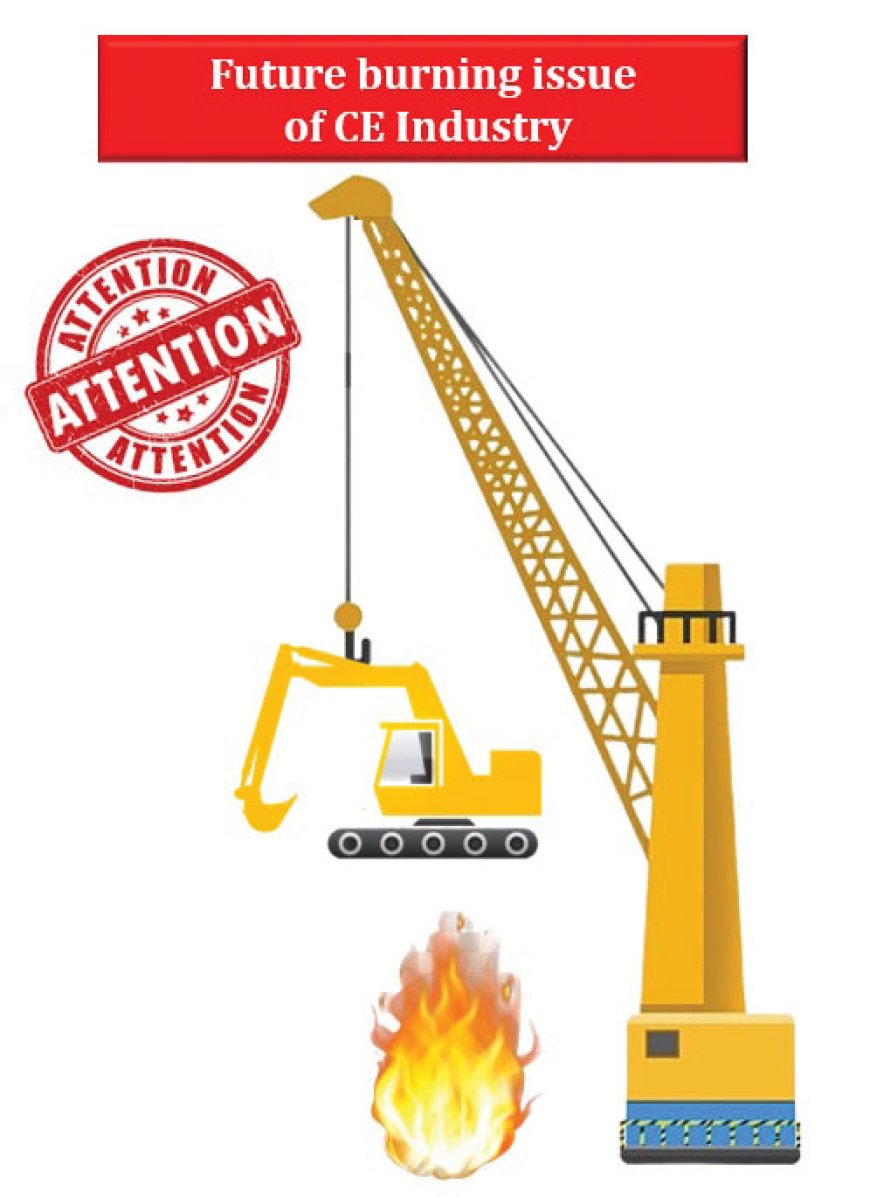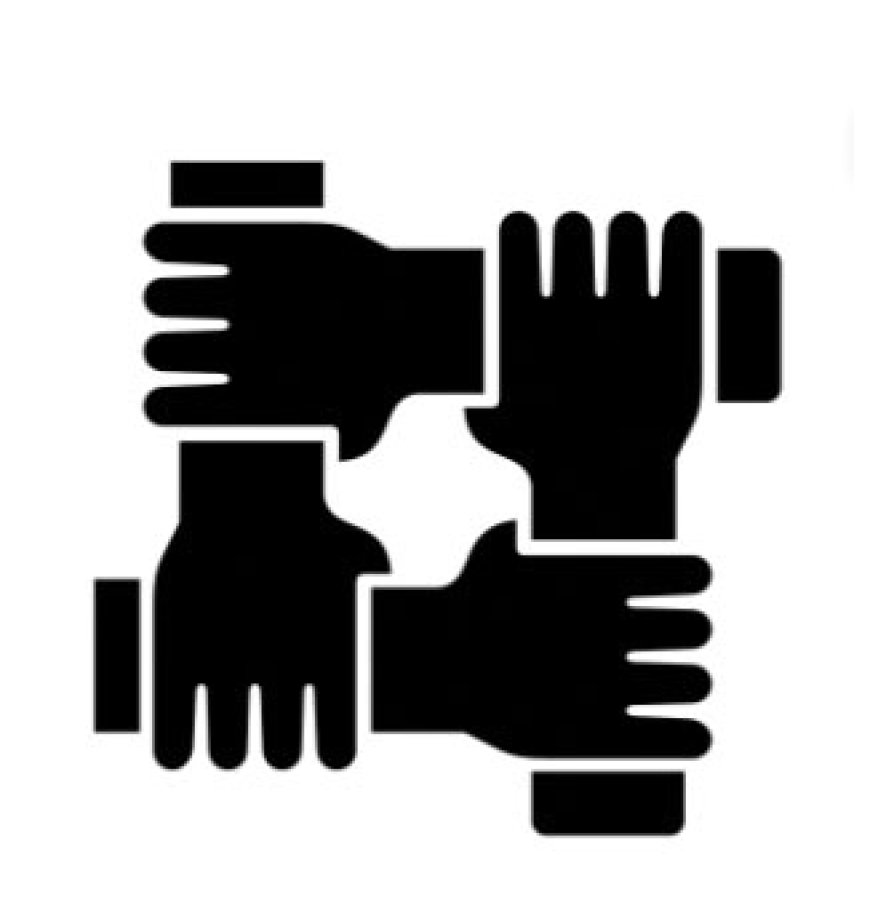An OUTLOOK on USED EQUIPMENT challenges

India is becoming one of the leading manufacturing hubs for construction equipment in the world. Over the last decade, all the top manufacturers across the globe have established their manufacturing plants in India, catering to both domestic and export operations. Today, Indian origin construction equipment is widely accepted around the globe, prompting global traders to source both used and new equipment from India.
Infra Engineers India Pvt Ltd (IEPL) has been in the used construction and mining equipment business for close to a decade. The company operates 99% of its business with used equipment and 1% with the export of new equipment, with the authorization from the manufacturers.
IEPL attempts to shed light on the problem of unauthorized exports of new equipment, which is going to affect manufacturers, dealers, financing companies, auctioneers, and used equipment service providers massively:

Construction equipment manufactured in India is among the most competitively priced in the world, while maintaining high-quality standards. This combination attracts global traders to source equipment from India.
Manufacturers restrict traders from exporting new equipment. However, many traders circumvent these restrictions by acquiring equipment under third-party names, securing financing, and illicitly exporting it without the knowledge of the manufacturers and financiers.
The majority of the exported new equipment is being sold through auctioneers. A significant number of traders have established tie-up with Ritchie Bros worldwide. Traders from various countries, including the Netherlands, Mexico & UAE are purchasing substantial quantities of equipment from Indian traders.
Currently, across PAN India, approximately over 500 traders are engaged in exporting construction equipment. Of these, 95% are focused on exporting new equipment. Due to intense competition, many traders have adopted easier business practices, often offering new equipment at below cost.
The majority of new financed equipment exported from the country is financed by NBFC financial institution. However, this equipment is often sold and exported without settling the outstanding finance. This practice poses a significant risk to financing companies, as they may face difficulties in recovering their loans due to the inability to repossess the assets in the event of payment defaults. In the future, this situation could severely impact the financing of new assets for prospective genuine customers.
Selling construction equipment without financing is quite challenging. If newly financed equipment is exported, it jeopardizes repayment prospects. As a result, financiers are likely to become more stringent in their funding criteria for new customers. This could have a detrimental impact on the entire industry. If the issue of illegal export of financed equipment is not addressed by stakeholders, it will adversely affect the industry as a whole.
Currently, in the international market, Indian-origin construction equipment is competitively priced, and its performance is well-regarded globally. For any commodity, a higher resale value of used equipment significantly simplifies the sale of new equipment. For example, the JCB backhoe enjoys a substantial market share largely due to the strong resale
value of its used equipment. When the resale value of used equipment is high, manufacturers find it much easier to sell new equipment.
Globally, there is increasing interest especially by traders in India as a source for both used and new construction equipment. IEPL is actively engaged in the used equipment business. However, through our interactions with international traders, it has become apparent that they perceive used equipment to be more expensive relative to new equipment. The illegal sale of new equipment at lower prices is adversely impacting the used equipment market, making it increasingly challenging to compete.
For the domestic market, manufacturers are offering special pricing. Many exporters are exploiting this advantage by obtaining financing and selling equipment through unauthorized channels. While this issue might seem minor at present, it has the potential to become a significant problem in the future, adversely affecting the growth of the entire industry.
Through our discussions with auctioneers, it has become clear that promoting new equipment at auctions could negatively impact the used equipment market in the long run. As a result, there is growing consideration among auctioneers to avoid endorsing the sale of new equipment. If new equipment is sold at reduced prices, it will make the sale of used equipment significantly very low in value.
In conclusion, if the industry does not address the current situation with urgency, financial companies and manufacturers will face considerable difficulties in the future. IEPL earnestly hopes that all stakeholders will come together in a spirit of collaboration and work diligently towards a unified path that leads to a comprehensive solution to this crisis.







